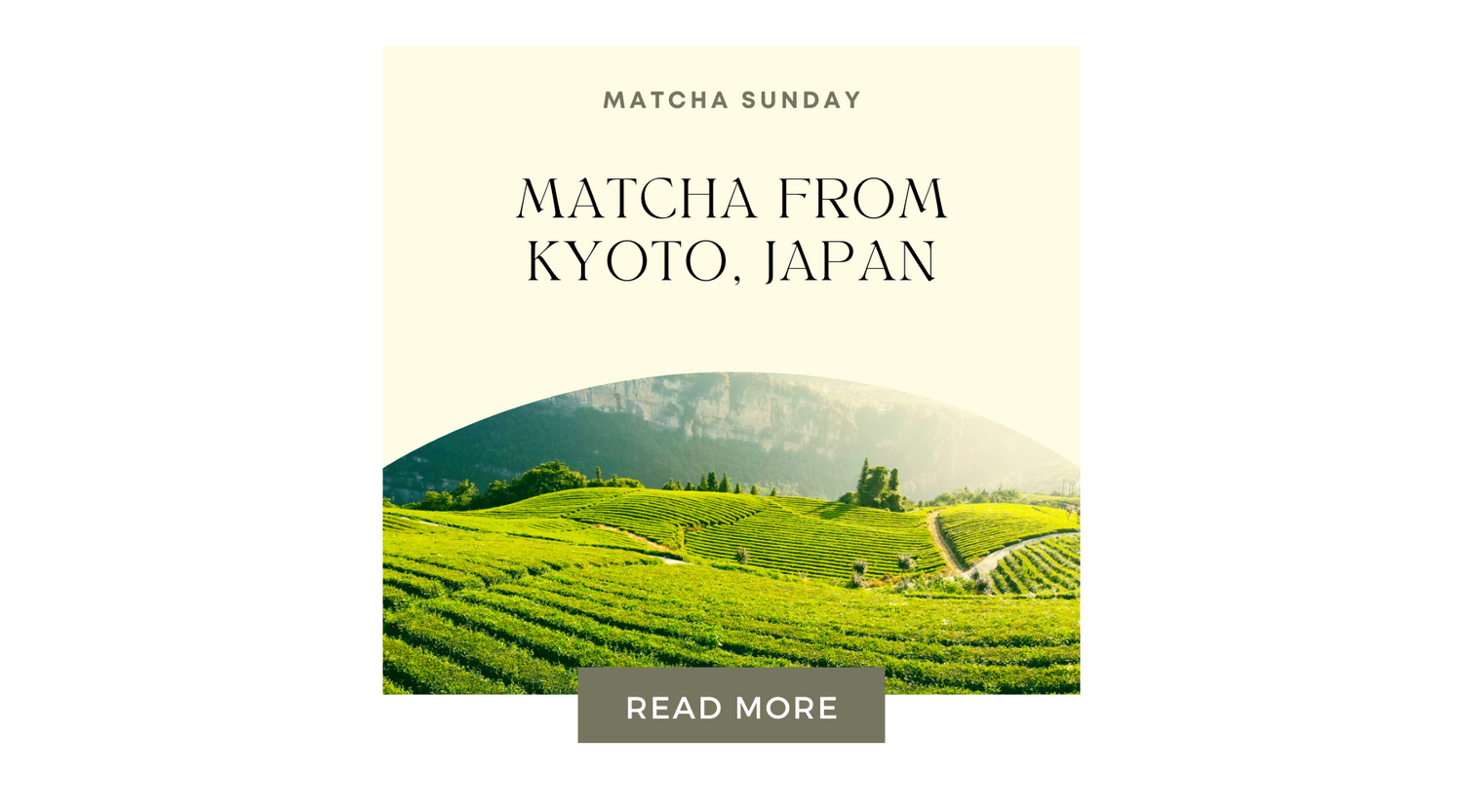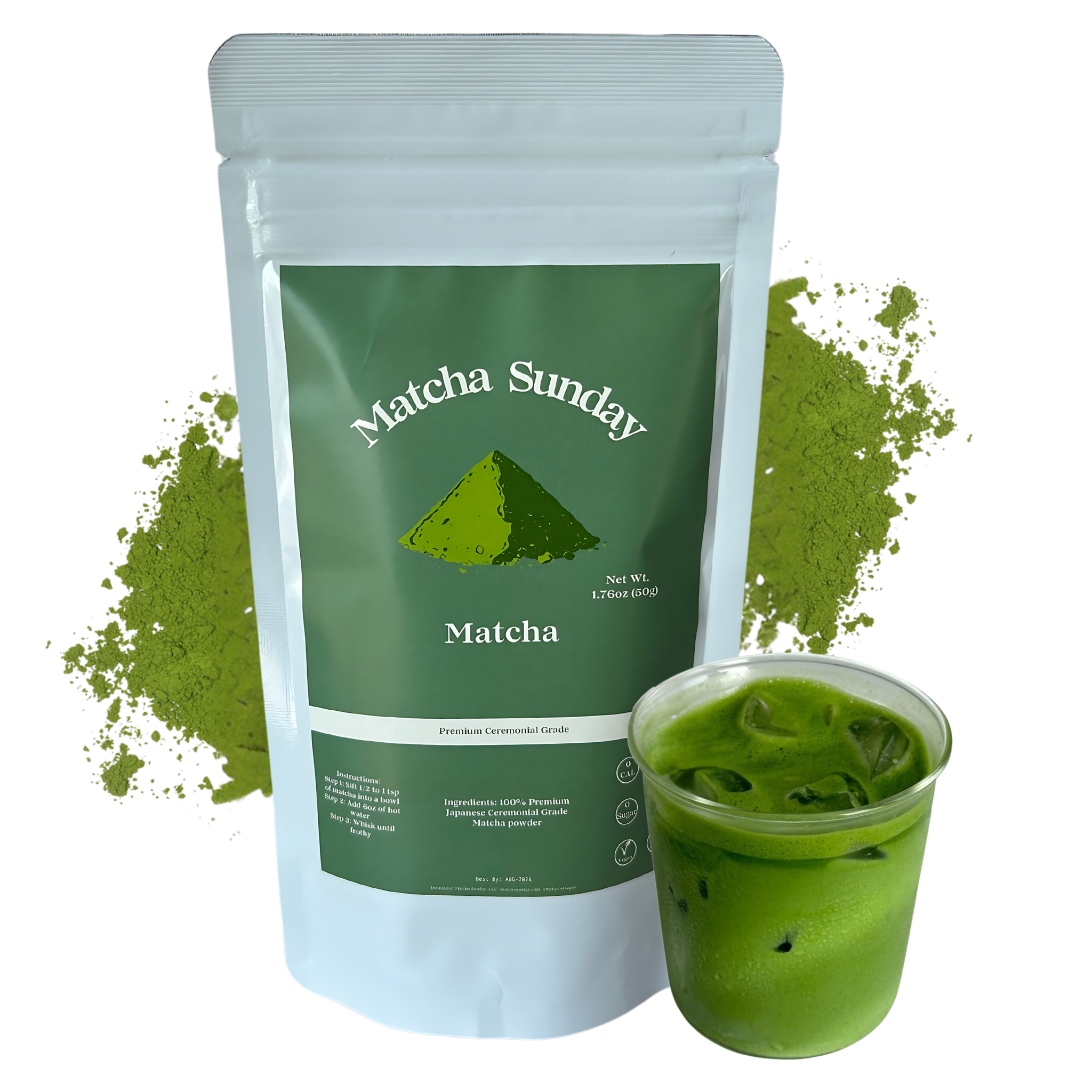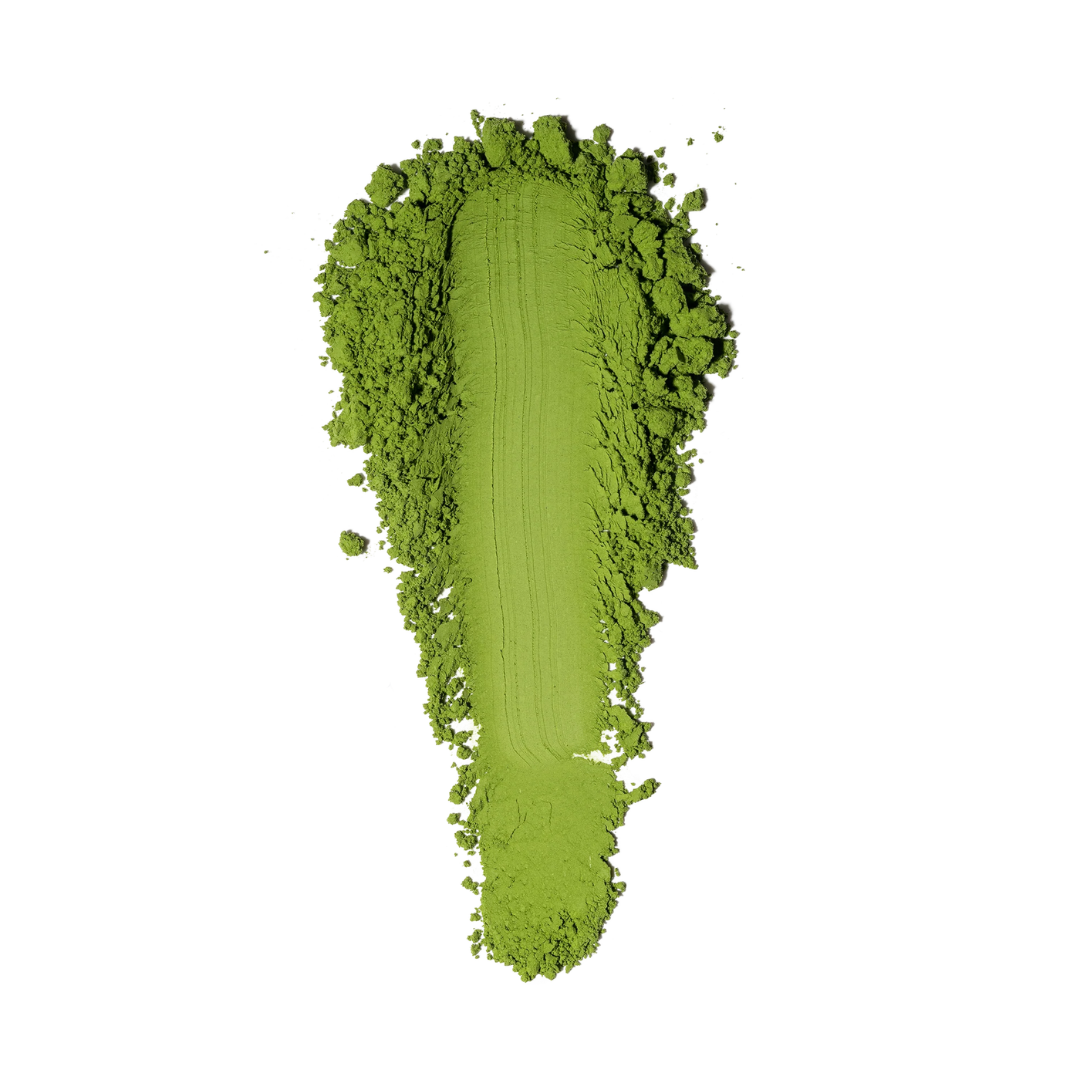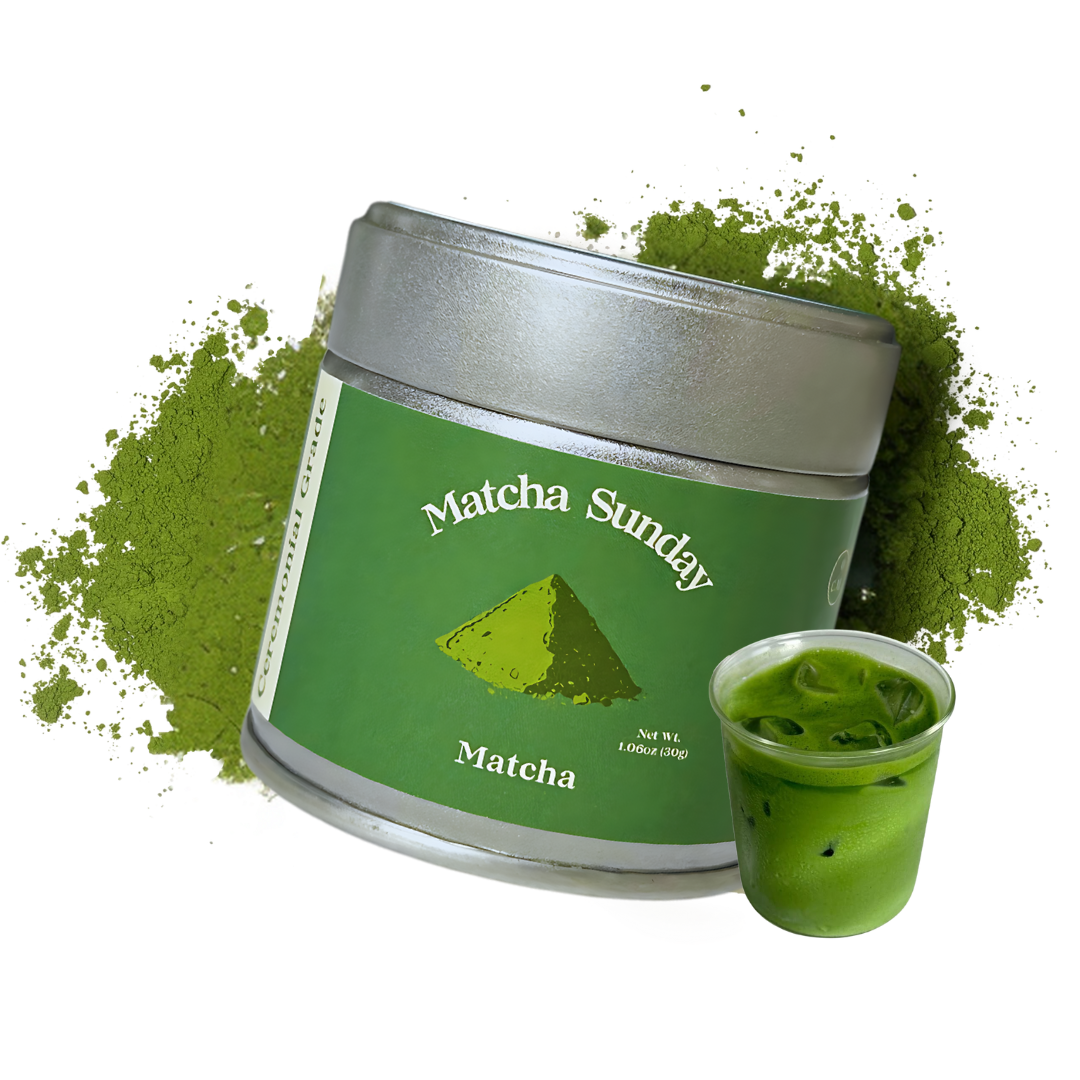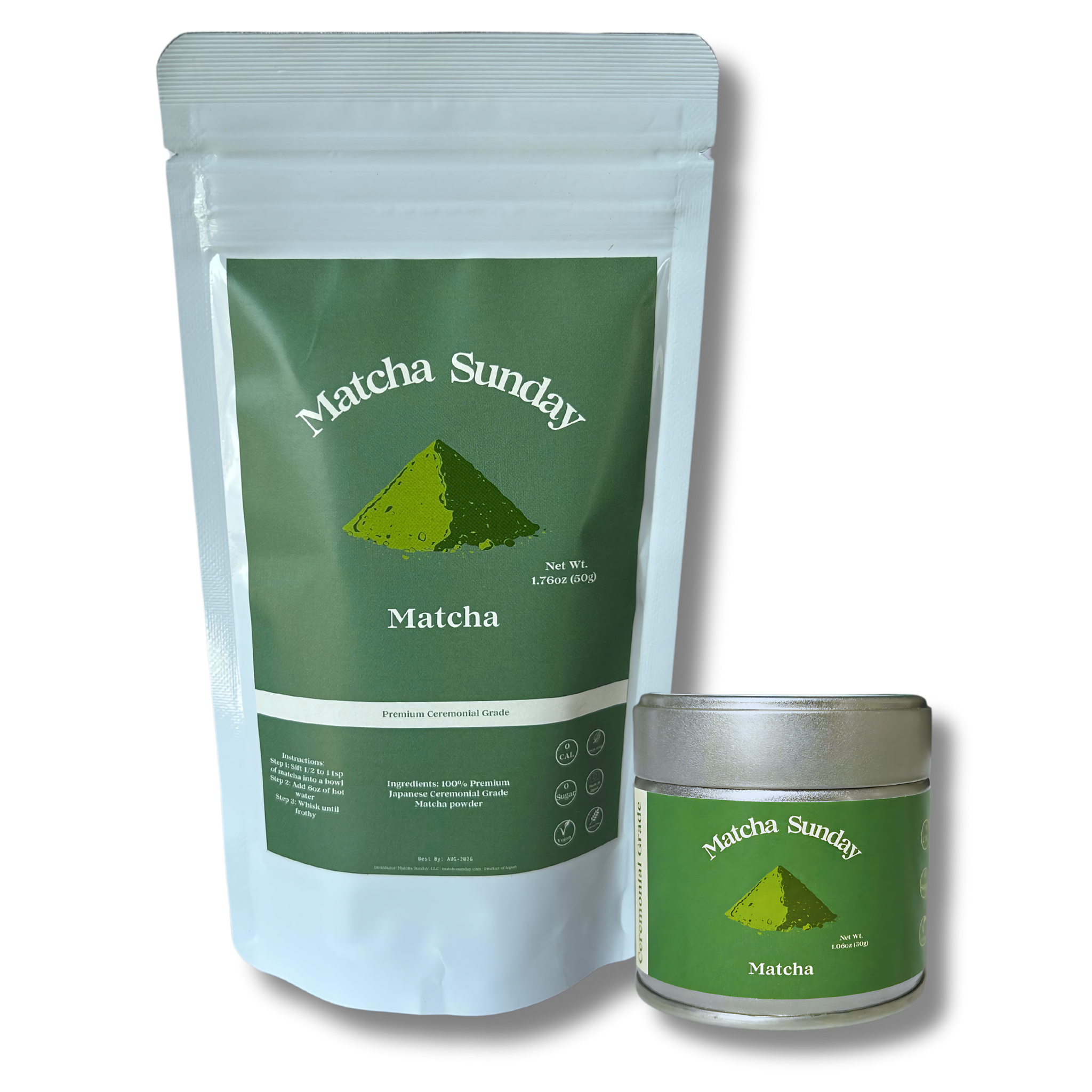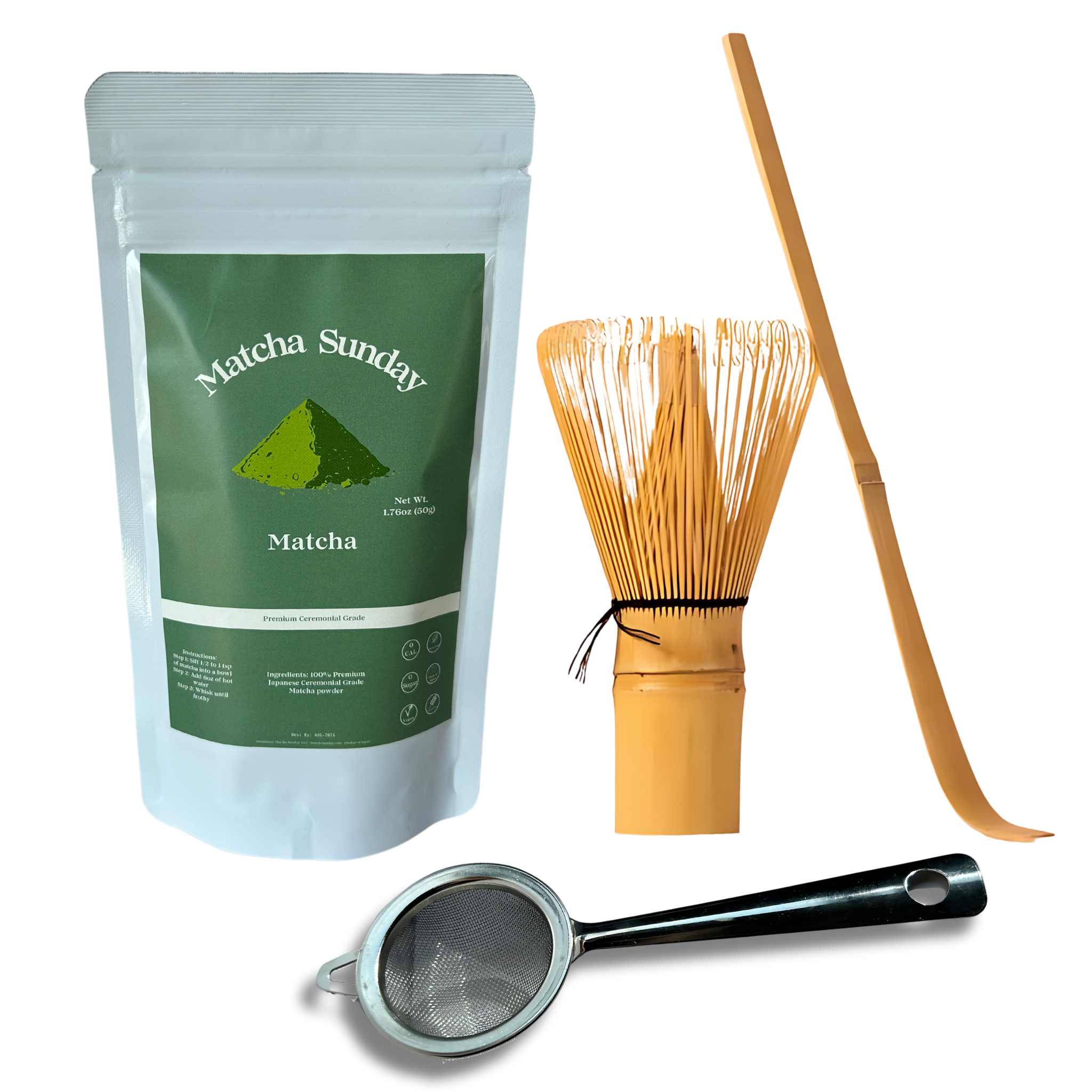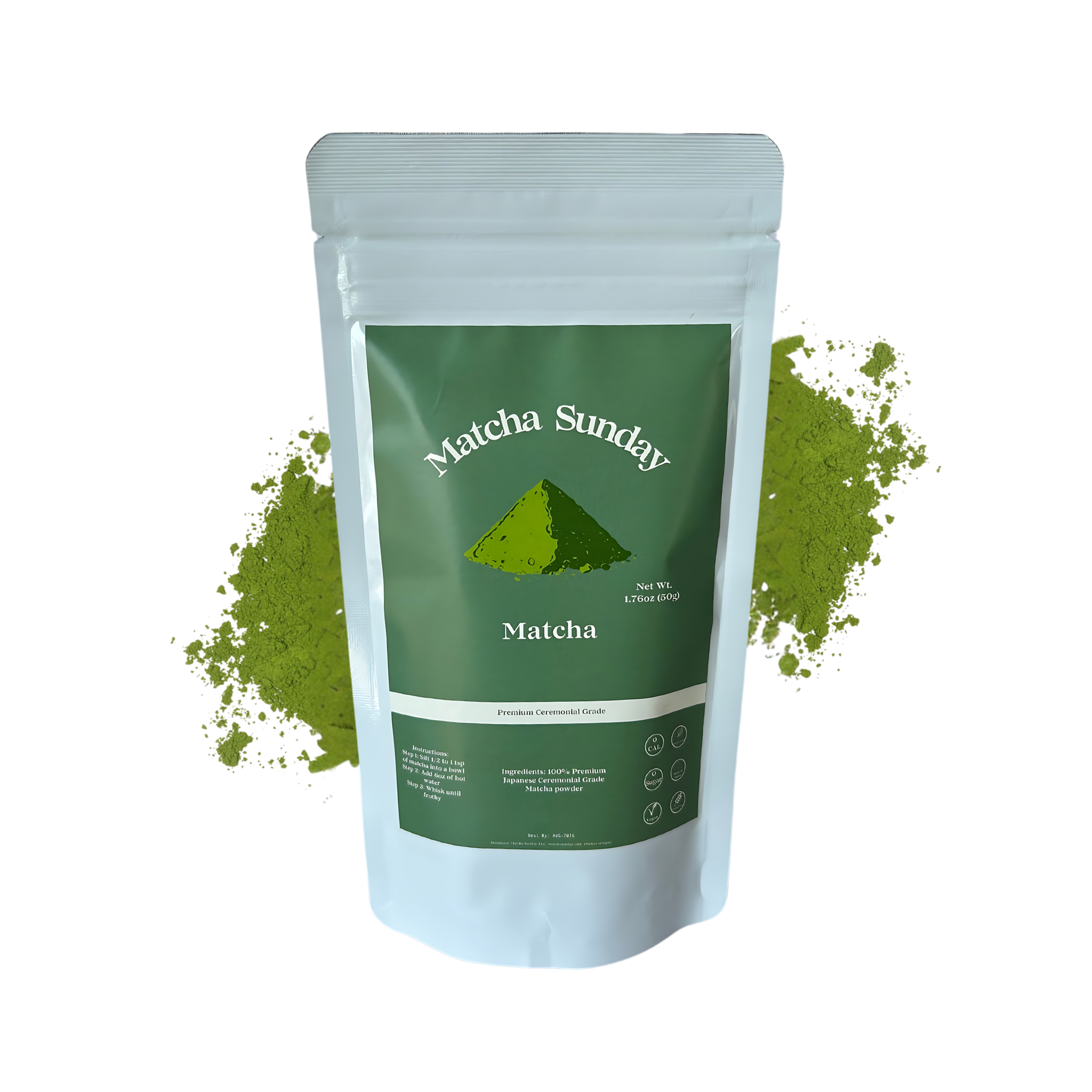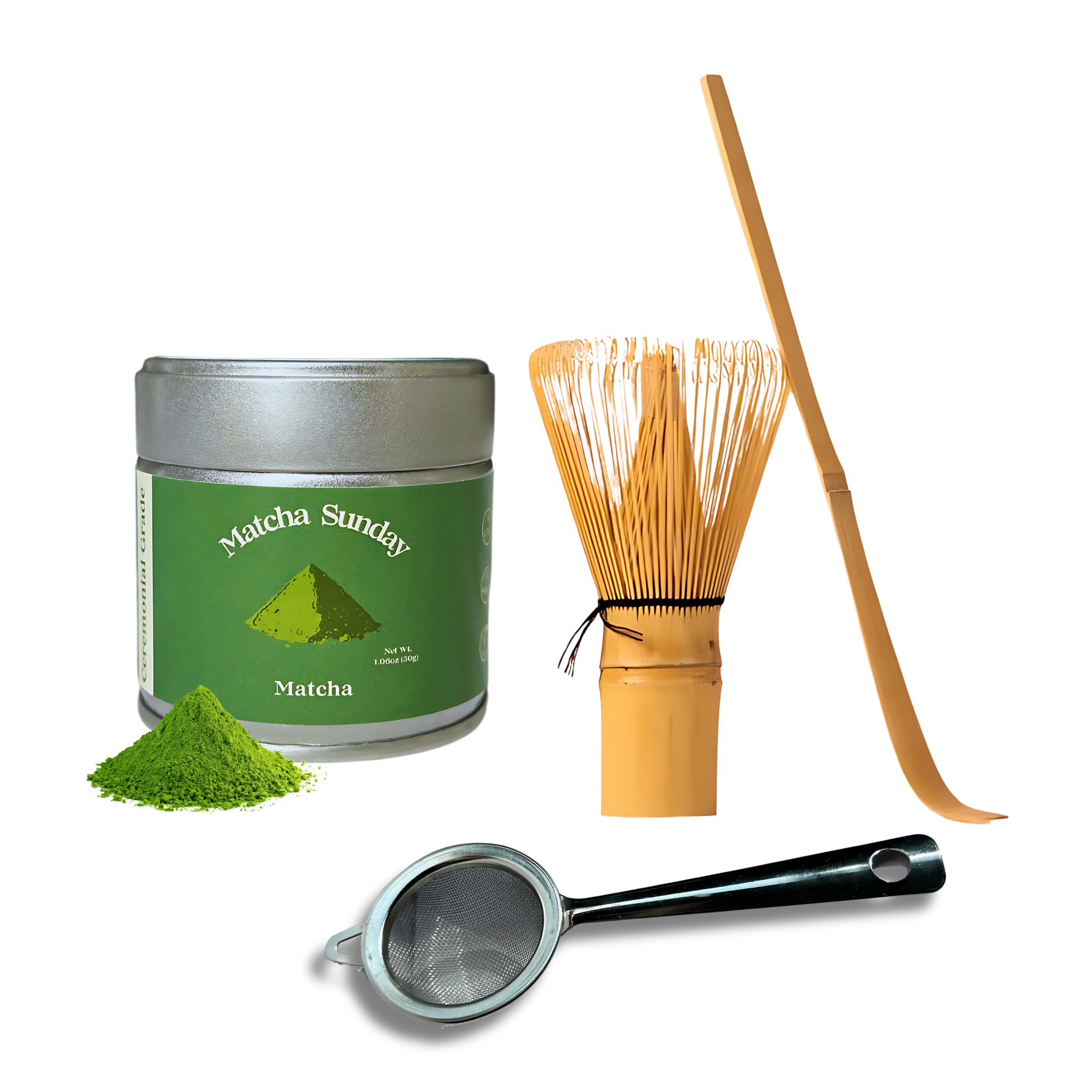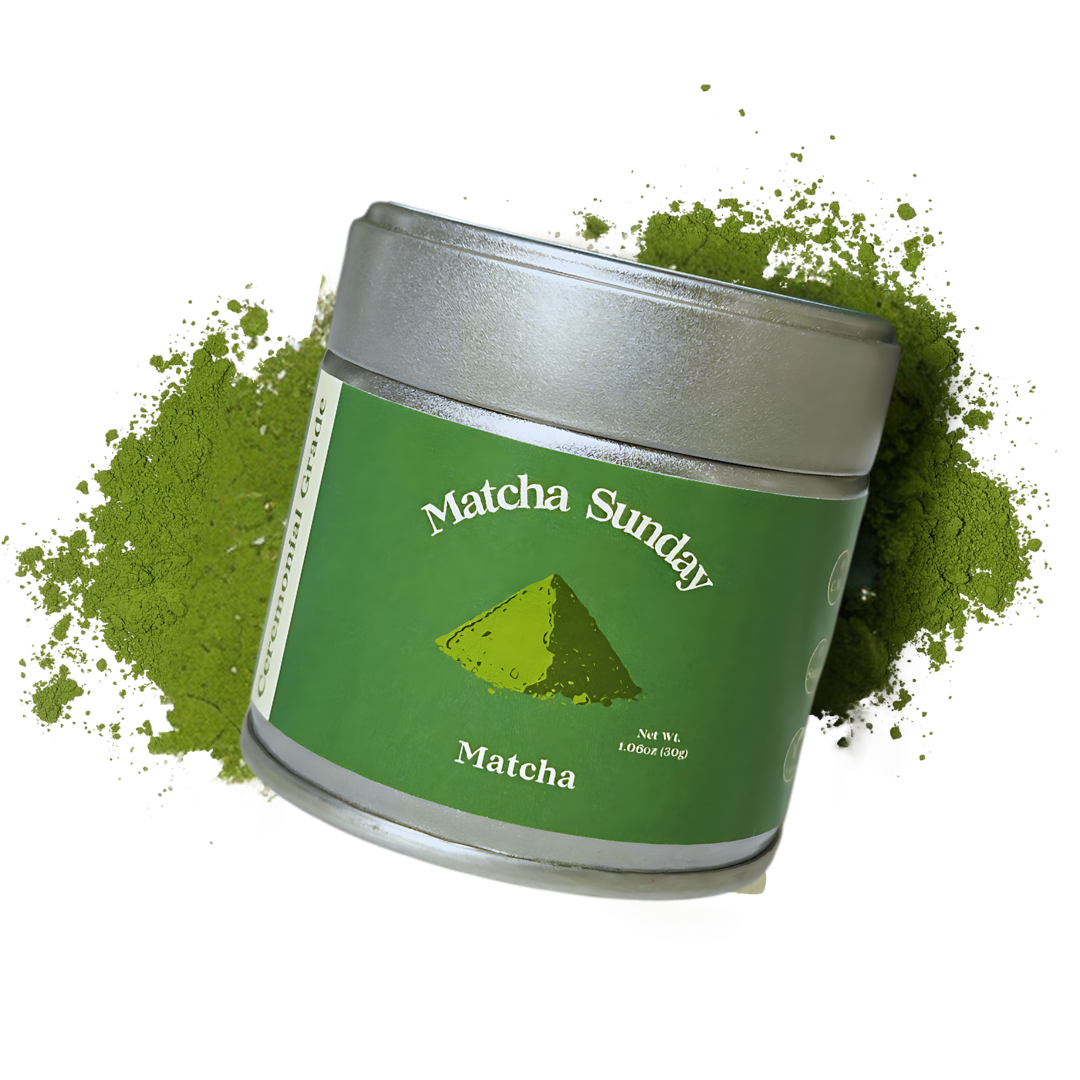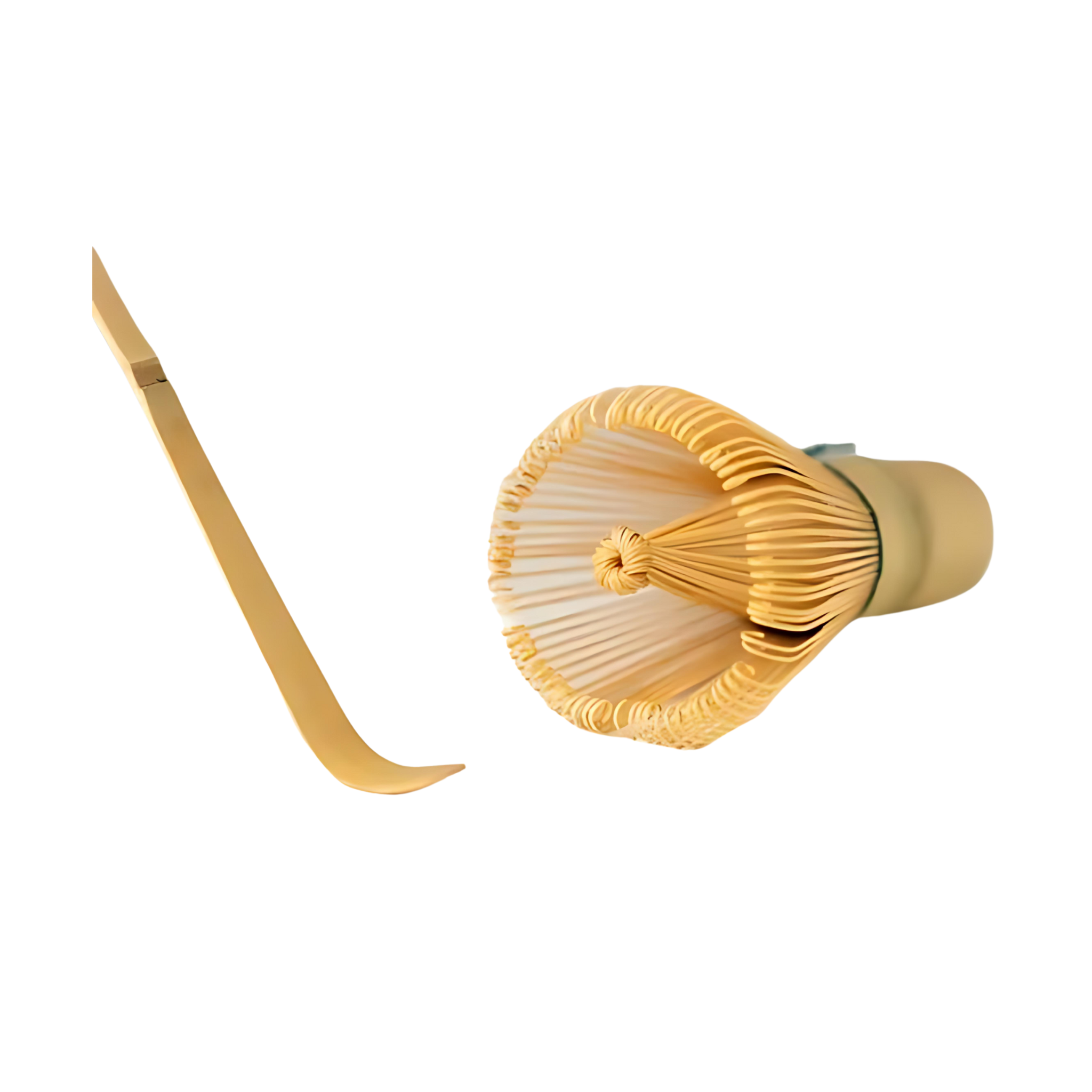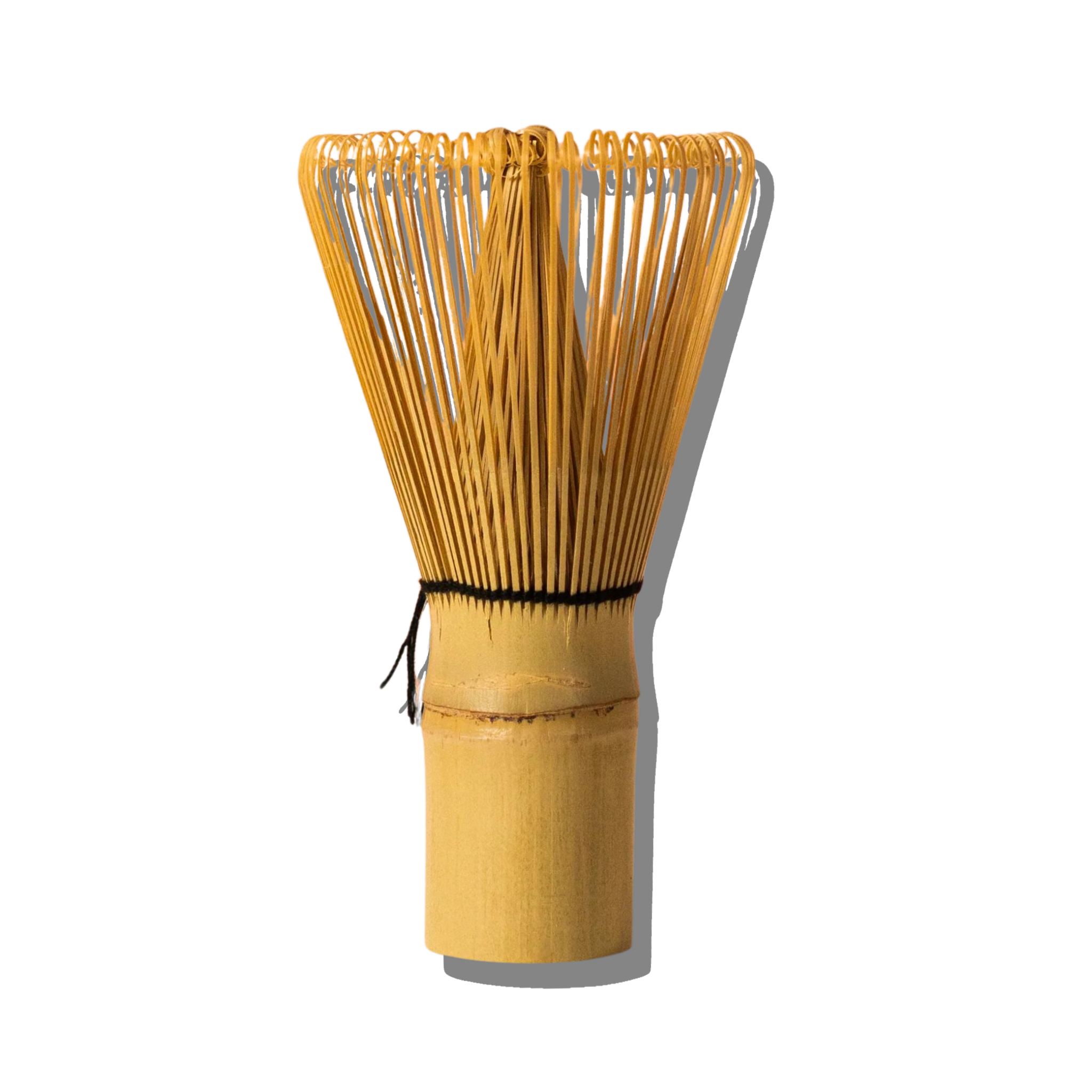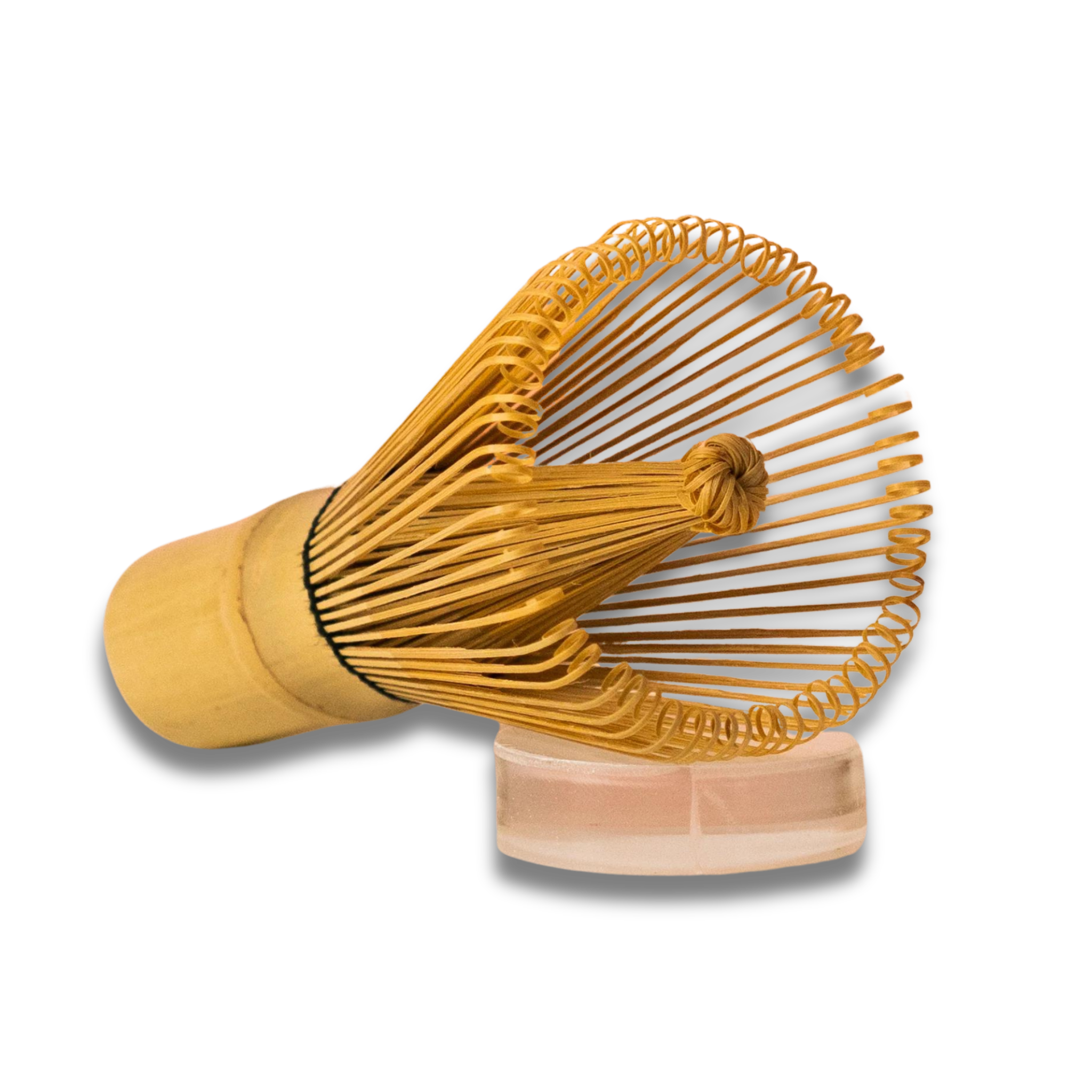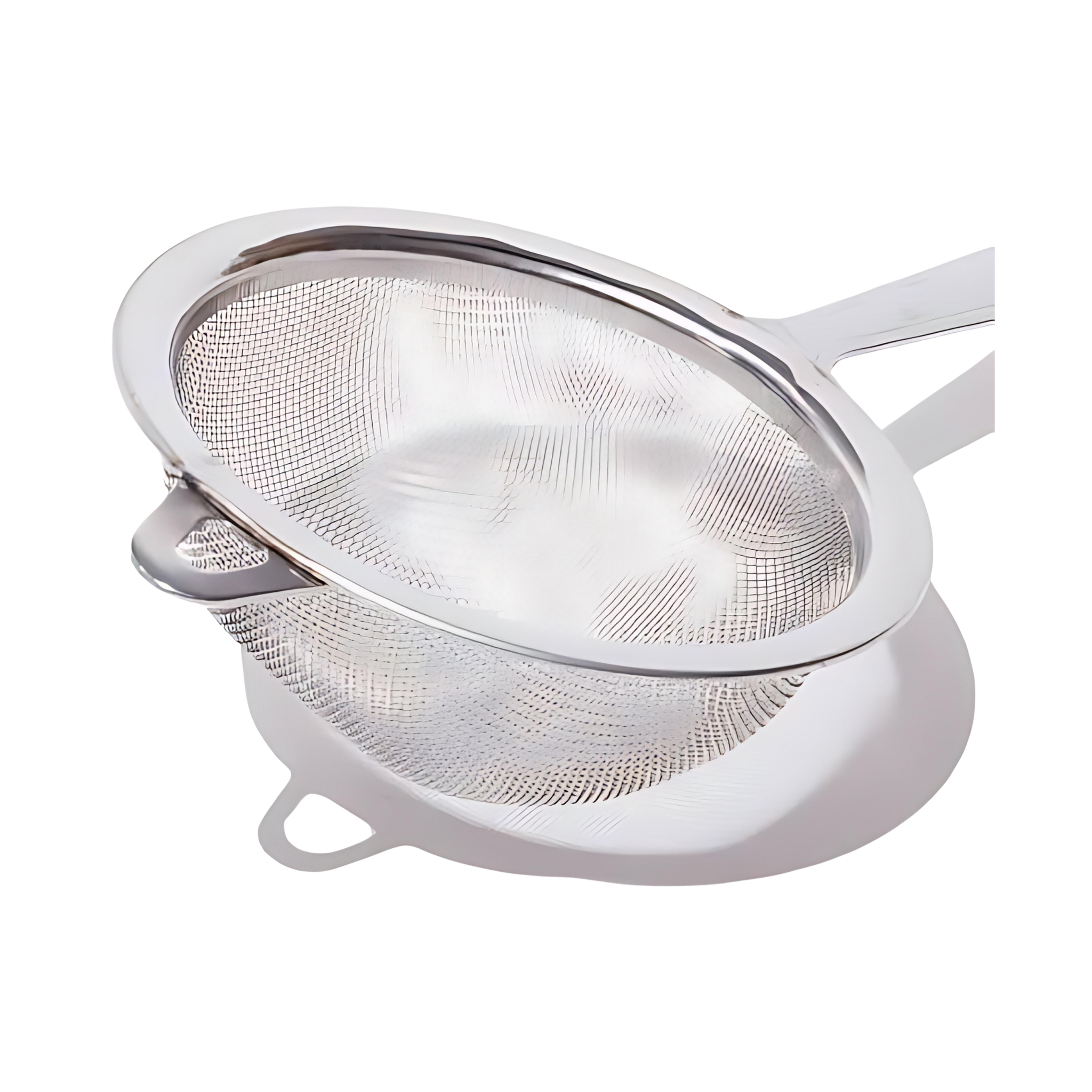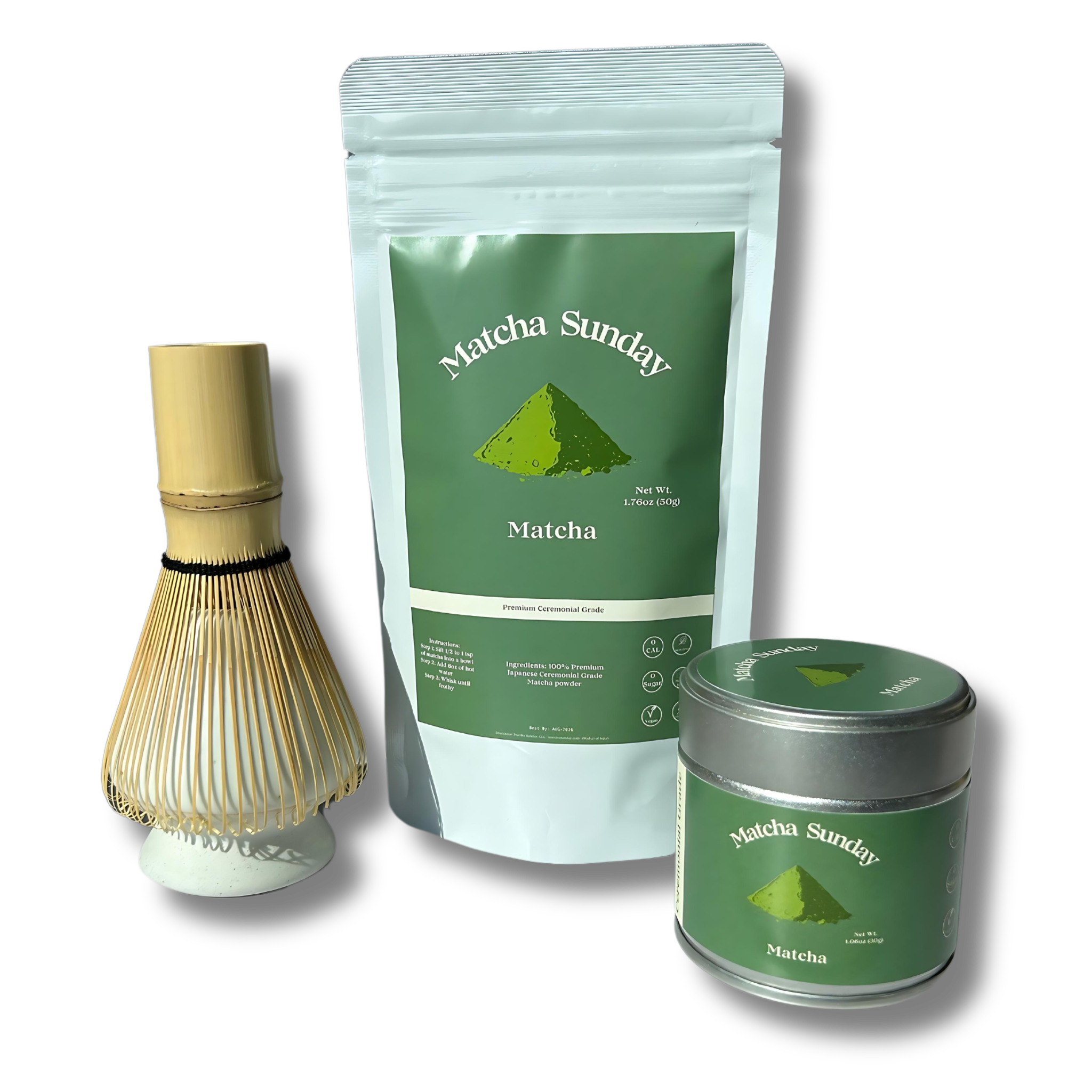Kyoto, Japan, is known for many things—its ancient temples, stunning gardens, and rich history. Yet, one of its most prized treasures is something that many around the world savor daily: matcha. This finely ground green tea powder is not just a drink; it’s a symbol of Japanese culture, tradition, and craftsmanship. In this article, we delve deep into the heritage of Kyoto matcha, why it’s considered the finest, and how it continues to captivate tea lovers globally.
The Origins of Kyoto Matcha
- The Birthplace of Matcha in Japan
- Traditional Tea Cultivation Methods
In Kyoto, the art of tea cultivation is steeped in tradition. Farmers still adhere to ancient methods, such as shading the tea plants with straw or cloth to increase the chlorophyll content and enhance the tea’s vivid green color and rich flavor. This technique, known as "ooishitaen," is crucial in producing the umami-rich taste that distinguishes Kyoto matcha from other varieties.
Why Kyoto Matcha is the Best
- The Flavor Profile: A Symphony of Taste
Kyoto matcha is renowned for its complex flavor profile. It strikes a perfect balance between umami, sweetness, and a slight bitterness, making it a versatile ingredient in both traditional tea ceremonies and modern culinary creations. The high concentration of amino acids, particularly L-theanine, gives Kyoto matcha its distinctive savory flavor and smooth finish, setting it apart from other types of matcha.
Not only is Kyoto matcha delicious, but it’s also packed with health benefits. Rich in antioxidants, particularly catechins, it helps combat free radicals in the body, reducing the risk of chronic diseases. Additionally, the presence of L-theanine promotes relaxation and mental clarity, making it a popular choice among those seeking a natural way to enhance focus and reduce stress.
- Sustainability and Ethical Farming Practices
One of the reasons Kyoto matcha stands out is the commitment to sustainability and ethical farming practices. Many tea farms in Kyoto are family-owned and operated, passing down their knowledge and expertise through generations. They prioritize quality over quantity, ensuring that each batch of matcha is crafted with care and respect for the environment. This dedication to sustainable farming not only preserves the land but also guarantees that the matcha produced is of the highest quality.
The Cultural Significance of Matcha in Kyoto
In Kyoto, matcha is more than just a beverage—it’s an integral part of Japanese culture, particularly in the traditional tea ceremony, or "chanoyu." This ritualistic preparation and presentation of matcha tea is a symbol of harmony, respect, and tranquility. The tea ceremony has been practiced for centuries in Kyoto, and it continues to be a profound cultural experience that embodies the essence of Japanese hospitality.

- Matcha in Modern Kyoto
While the tea ceremony remains a cherished tradition, matcha has also found its way into modern Kyoto life in new and exciting ways. From matcha-infused desserts to innovative culinary creations, Kyoto’s vibrant food scene embraces matcha in all its forms. Cafes and dessert shops across the city offer a variety of matcha-flavored treats, allowing visitors to experience the rich taste of Kyoto matcha in a contemporary setting.
How to Enjoy Kyoto Matcha at Home
- Brewing the Perfect Cup
To truly appreciate Kyoto matcha, it’s important to prepare it correctly. Start by sifting 1-2 grams of matcha powder into a bowl to remove any clumps. Add 70-80 ml of hot water (not boiling) and whisk vigorously using a bamboo whisk, or "chasen," until the tea becomes frothy. The result is a smooth, creamy cup of matcha with a balanced flavor that can be enjoyed on its own or paired with traditional Japanese sweets.

- Culinary Uses of Kyoto Matcha
Kyoto matcha’s versatility extends beyond the teacup. It can be used in a variety of culinary applications, from matcha lattes and smoothies to cakes, cookies, and savory dishes. Its rich flavor and vibrant color make it a favorite ingredient among chefs and home cooks alike. Whether you’re baking a matcha-infused dessert or adding a touch of matcha to your morning oatmeal, the possibilities are endless.
- Where to Buy Authentic Kyoto Matcha
When purchasing matcha, it’s essential to choose a high-quality product to ensure the best flavor and health benefits. Look for matcha that is bright green in color, finely ground, and has a fresh, grassy aroma. Many reputable online stores and specialty tea shops offer authentic Kyoto matcha, allowing you to enjoy the taste of Japan’s finest green tea no matter where you are in the world.
Conclusion: Embrace the Tradition and Flavor of Kyoto Matcha
Kyoto matcha is more than just tea—it’s a celebration of Japanese culture, tradition, and craftsmanship. From its origins in the temples of Kyoto to its place in modern kitchens around the world, this exquisite green tea continues to captivate and inspire. Whether you’re a seasoned tea connoisseur or new to the world of matcha, exploring the rich heritage of Kyoto matcha is a journey worth taking.
Visit our website: Matcha Sunday.

